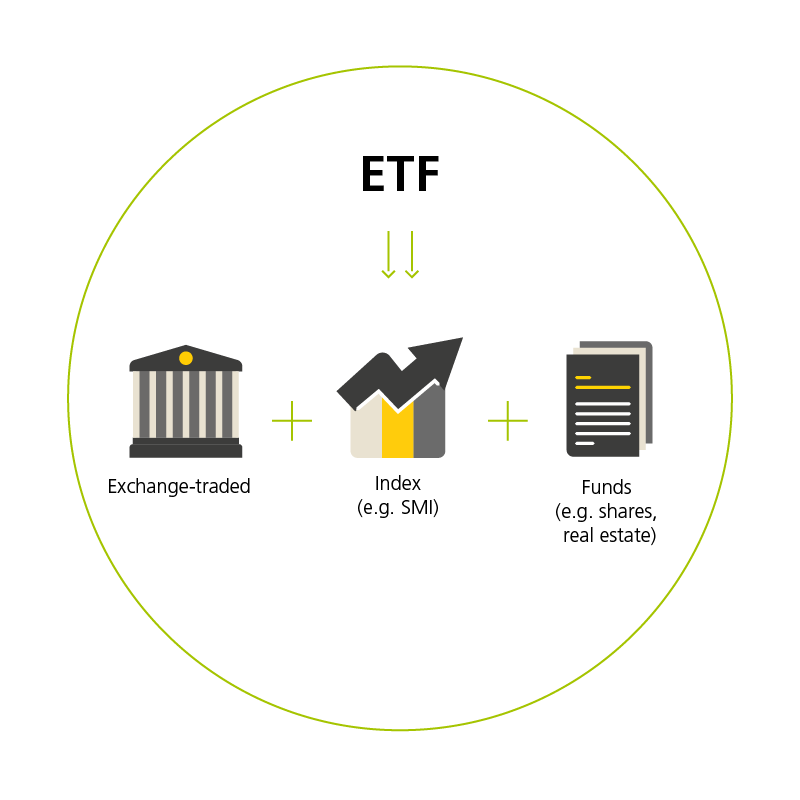At a glance
- ETFs are exchange-traded funds that track the performance of a specific index.
- They offer low costs, high transparency, diversification and liquidity, making them an attractive investment opportunity.
- ETFs are traded on the stock exchange, allowing investors to react to market movements during the usual stock market opening hours.
- Like other securities, ETFs are subject to general market and exchange rate risks. As they emulate an index, they often develop in parallel to the underlying stock market barometer.
ETFs, shares or even crypto? Subscribe to our investment newsletter and receive information about various investment opportunities.


